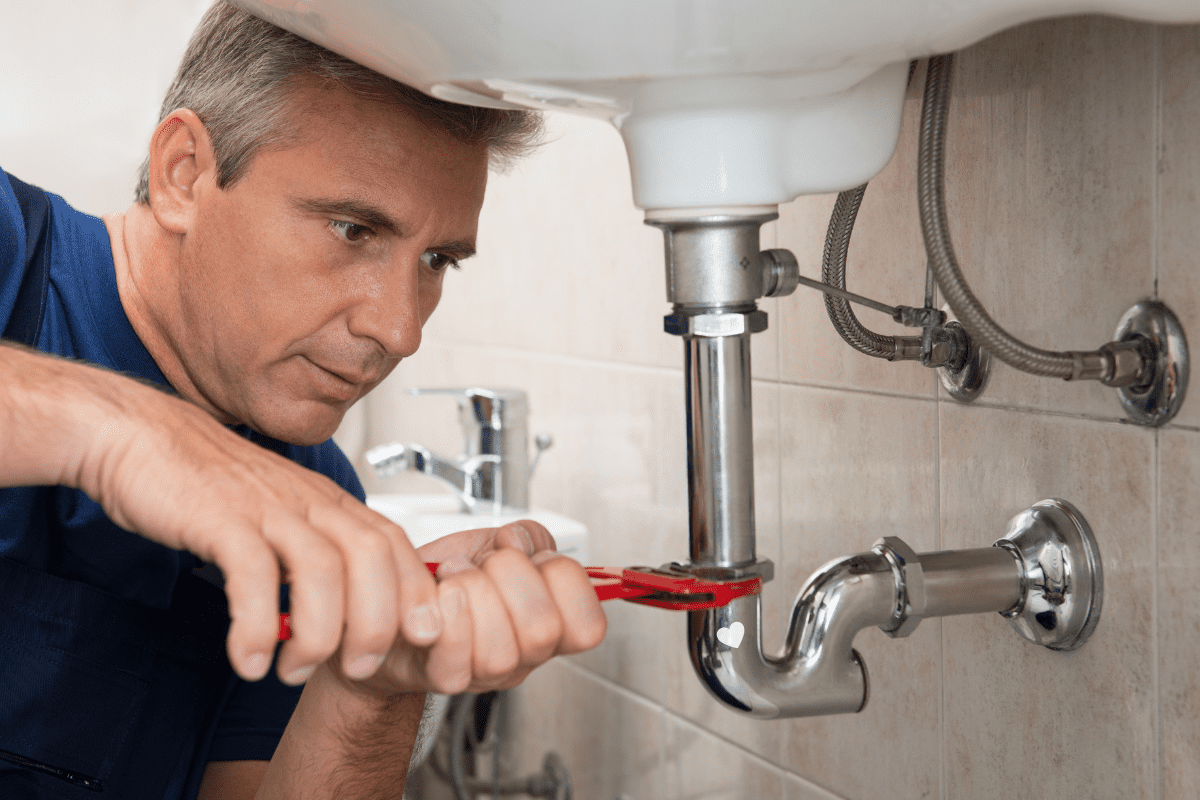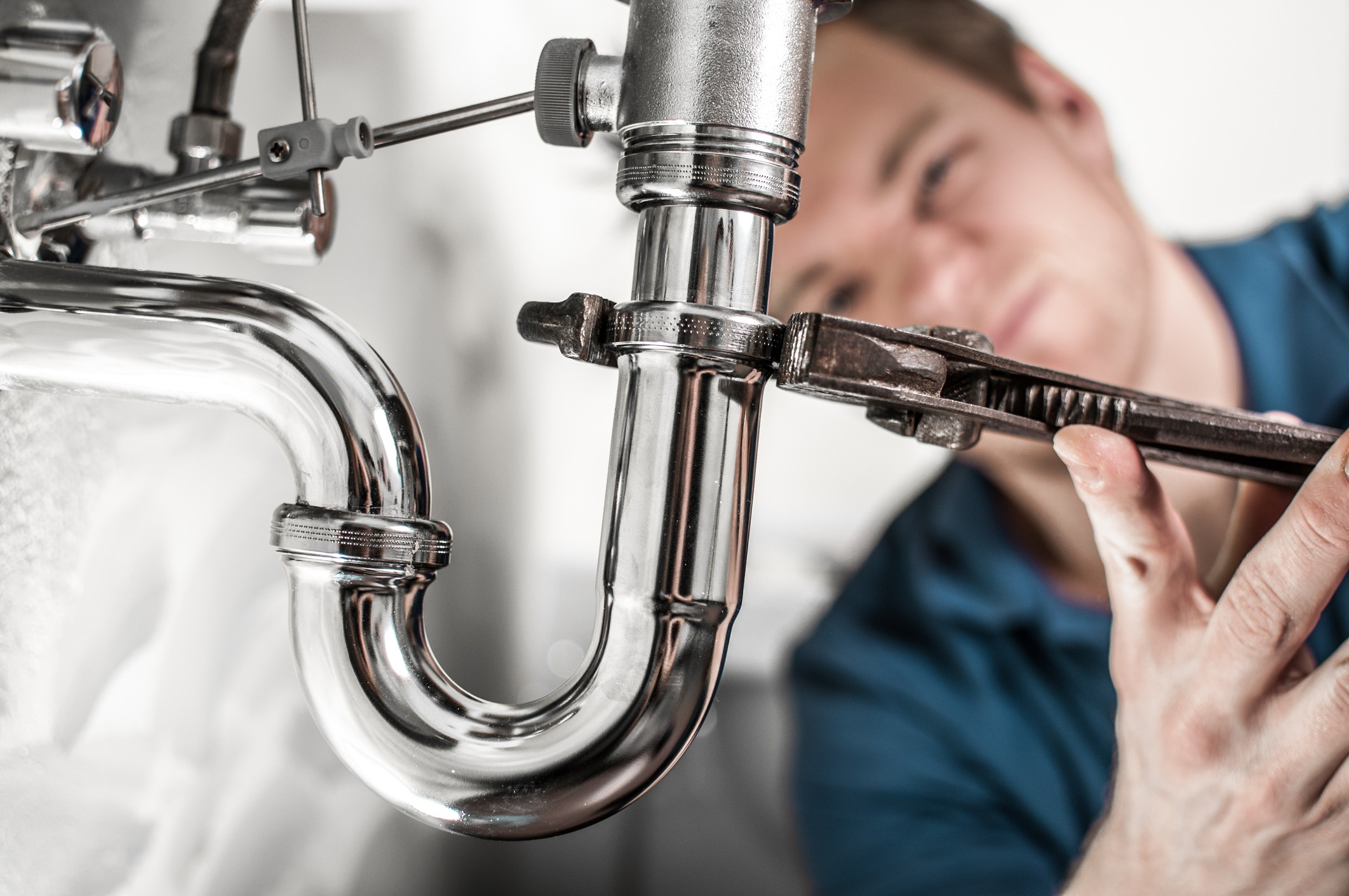Fast and Effective Drain Cleaning Alabaster AL Services Available
Fast and Effective Drain Cleaning Alabaster AL Services Available
Blog Article
A Step-by-Step Overview to Efficient Water Heater Installment for Optimal Performance
Starting the job of mounting a hot water heater is a venture that requires accuracy and a methodical strategy for accomplishing ideal efficiency. The process starts with the crucial decision of choosing the ideal heater customized to the certain needs of your household, considering factors such as energy, size, and kind source. When selected, preparing the installment location to fulfill security requirements is extremely important. The trip doesn't end here. As you proceed, the intricacies of attaching supply of water lines and establishing reliable electrical or gas connections wait for, promising insights into making sure efficiency and dependability.
Picking the Right Hot Water Heater

Following, take into consideration the size and capability of the water heating system. It's crucial to examine your house's hot water demands, which can vary based on the variety of occupants and their usage patterns. A system that's as well tiny might bring about inadequate warm water, while a large version may result in unneeded power consumption.
Performance ratings also play a pivotal role in choice. Search for hot water heater with high Power Aspect (EF) ratings, indicating premium performance and lowered power usage. Tankless designs, though normally more costly in advance, deal substantial power cost savings in time as a result of their on-demand heating abilities.
Preparing the Setup Location
Prior to installing a new water heating unit, precise preparation of the installation area is essential. This makes sure a smooth installment procedure and assists stop future difficulties (Plumbing Services Alabaster AL). Begin by selecting an ideal place that complies with regional structure codes and security requirements. The location needs to be dry, well-ventilated, and obtainable for upkeep. It's important to gauge the area very carefully to fit the water heating unit's measurements, guaranteeing adequate clearance around the device for effective operation and servicing.
Check the floor for stability, as the water heater will require a solid, level surface to operate effectively. If necessary, install a drip pan under the device to capture prospective leaks or spills, stopping water damage to the surrounding location.
Furthermore, make sure that all necessary devices and materials get on hand before starting the installment. This consists of items such as wrenches, screwdrivers, a level, and any kind of additional equipment needed for safeguarding the heater and installing. A well-prepared setup area establishes the foundation for an effective water heater configuration, maximizing performance and safety.
Connecting Water Supply Lines
When connecting water system lines to your newly mounted water heating system, it is essential to ensure that all links are secure and leak-free to maintain efficient procedure and prevent water damage. Begin by determining the warm and cold supply of water lines. The cool water inlet is typically marked with a blue tag or a "C", while the hot water electrical outlet is noted with a red label or an "H".
Usage adaptable hot water heater connectors to facilitate a simpler setup procedure. These ports can soak up vibration and enable slight movement, lowering the risk of leaks. Before affixing the adapters, put a plumbing's tape around the threaded ends of the water heating unit's inlet and outlet pipelines - Plumber Alabaster AL. This tape acts as a sealer, stopping leakages. Thoroughly link the flexible pipes to the particular inlet and outlet, guaranteeing that they are not over-tightened but limited, which can harm the threads.
Once links are in place, gradually switch on the primary water supply shutoff. Check each connection for leakages by aesthetically really feeling and checking for moisture. Tighten links as necessary, and ensure the pressure relief valve is properly mounted, guarding against too much pressure build-up.
Establishing Up Electrical or Gas Links
Properly establishing the electric or gas links for your water heater is an important step to make certain safe and efficient procedure. For electric hot water heater, begin by verifying that the electrical circuit works with the heating unit's voltage and amperage demands. Ensure the power supply is shut off at the breaker to prevent crashes. Attach the electrical cords to the heating system following the producer's wiring layout. Normally, this includes attaching the ground wire to the eco-friendly terminal, and the continuing to be wires to their equivalent terminals, protecting each with wire nuts.
For gas water heating units, safety and security is vital. Link the gas line get more to the water heating system utilizing site web a versatile gas connector, ensuring it is effectively threaded and secured with pipe joint compound or Teflon tape ideal for gas connections.
As soon as links are made, examine for any potential leakages. For gas lines, use a soapy water solution to the joints; bubbles indicate a leak. For electric links, ascertain that all electrical wiring is protected and correctly protected, keeping compliance with neighborhood electrical codes.
Testing and Readjusting for Effectiveness
With the electric and gas connections firmly in place, the following action is evaluating the functional effectiveness of your water heating system. Begin by thoroughly turning on the water supply and ensuring there are no leaks at any of the shutoffs or joints.
Next, carry out an extensive assessment to ensure the burner or burner are functioning properly. For electrical heating systems, use a multimeter to confirm if the aspects are drawing the appropriate current. In gas models, observe the heater fire; it should be blue and stable, suggesting effective combustion.
Change the settings as essential to remove inadequacies. Take into consideration implementing insulation measures, such as adding a water heating system blanket, to further improve efficiency by reducing heat loss. Additionally, examine the anode rod's condition, as a deteriorated rod can minimize effectiveness and cause tank rust.
Verdict
Effective water heater installation is vital for making look at this now certain optimum efficiency and energy cost savings. Safely attaching water supply lines and very carefully establishing up electrical or gas connections lessen potential problems.

Effectively establishing up the electric or gas links for your water heating unit is a crucial action to make certain secure and reliable operation. For electric water heaters, begin by confirming that the electrical circuit is compatible with the heater's voltage and amperage requirements. Connect the gas line to the water heating unit utilizing a versatile gas port, ensuring it is properly threaded and secured with pipe joint compound or Teflon tape ideal for gas links.
Report this page